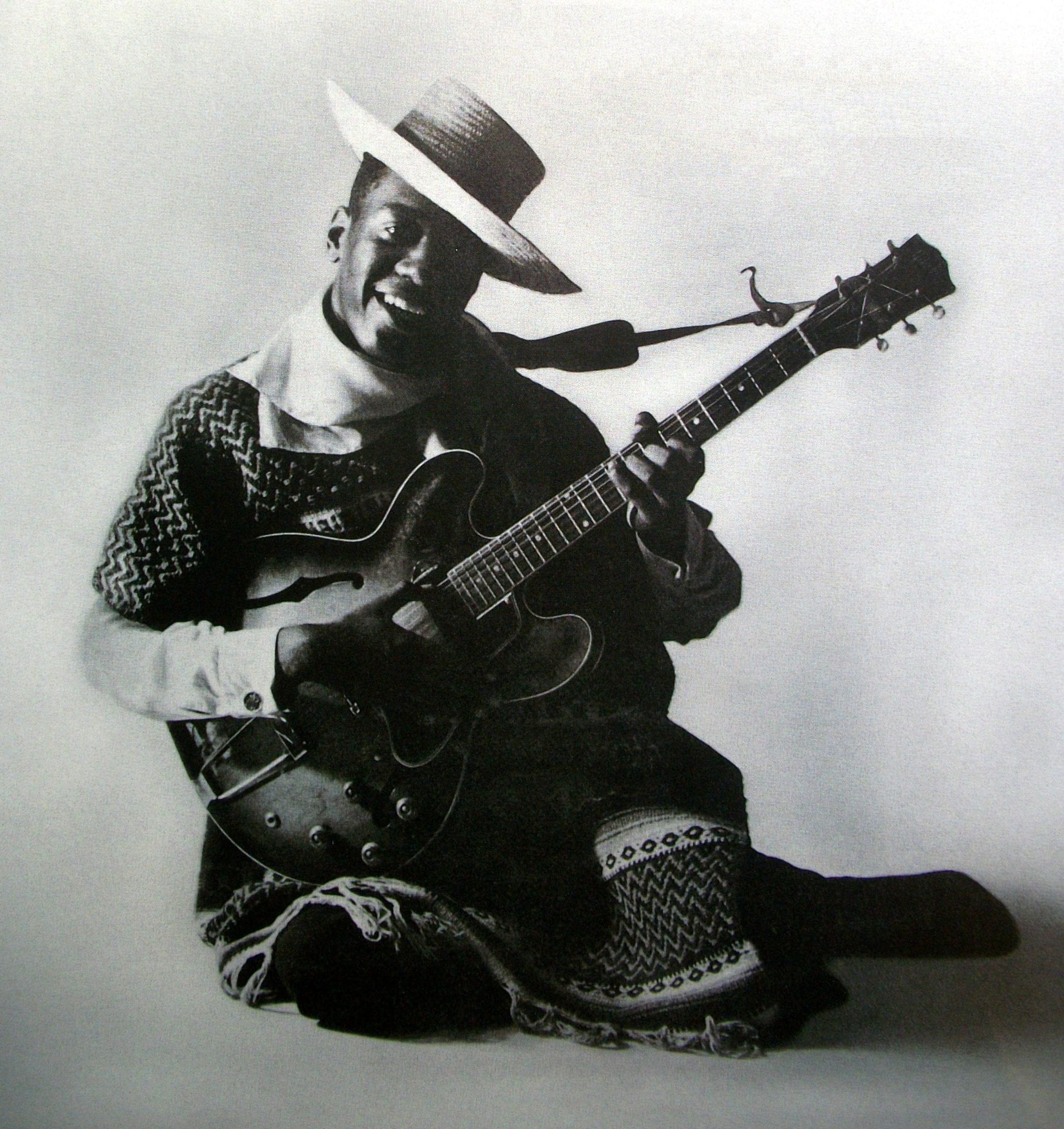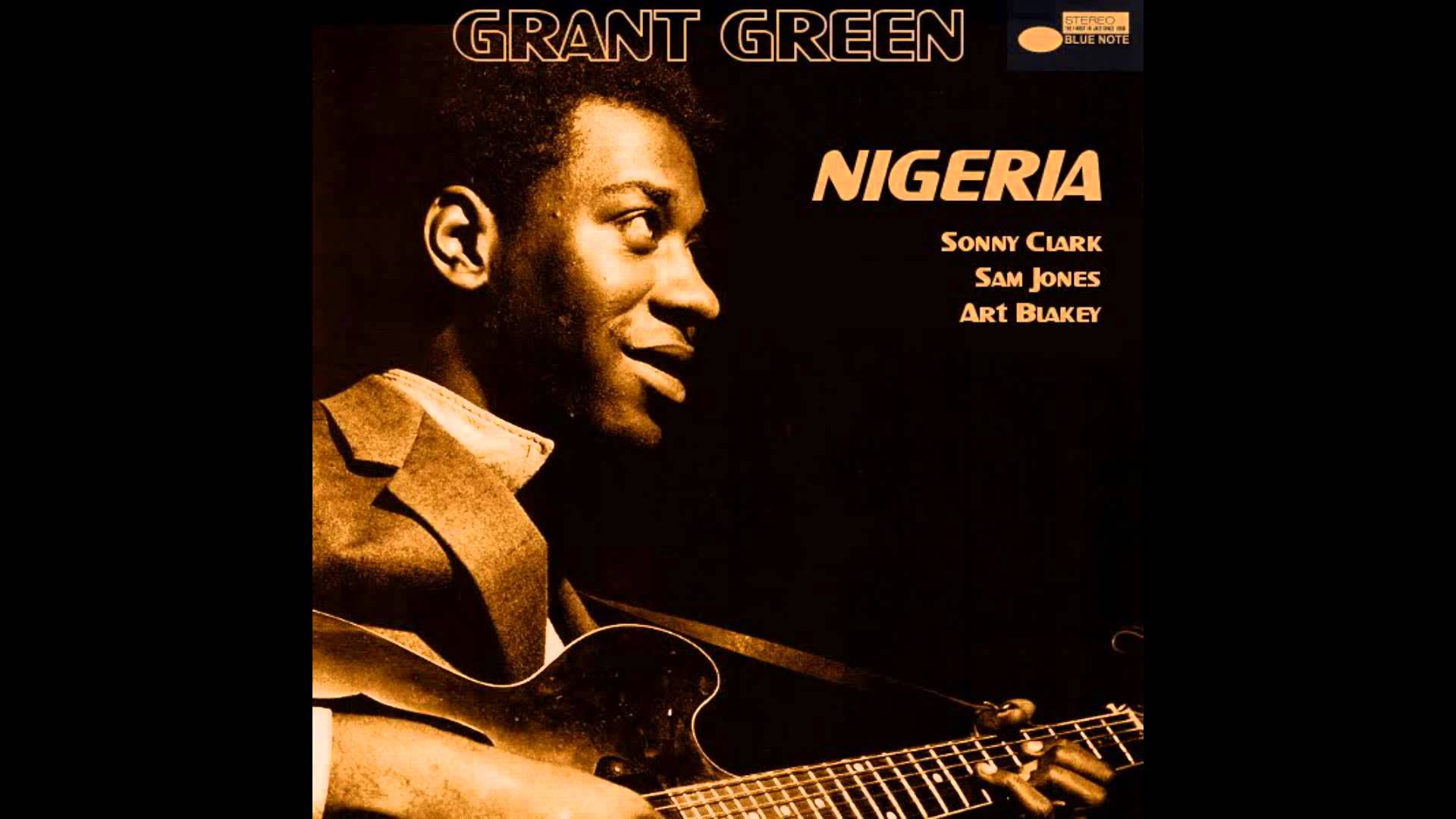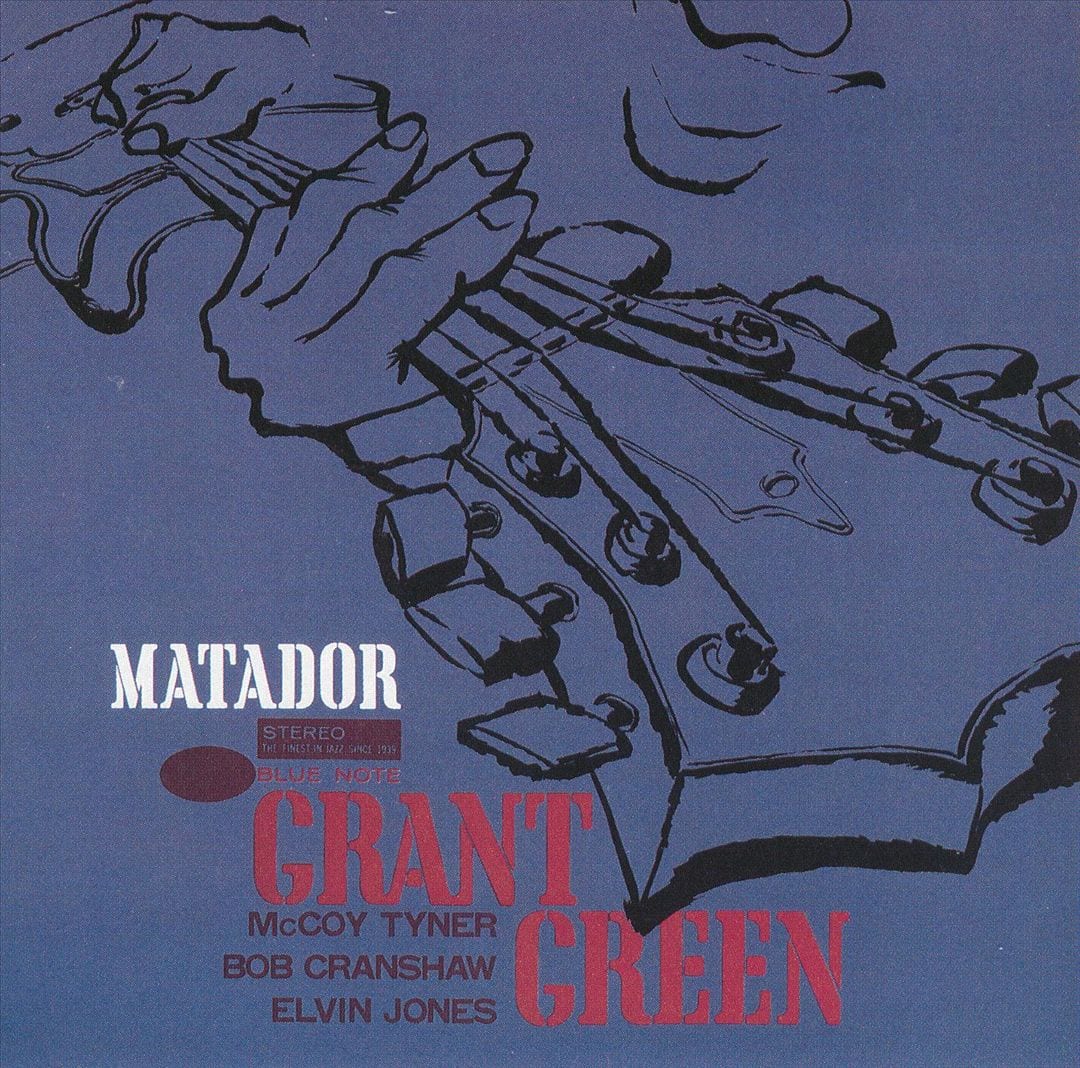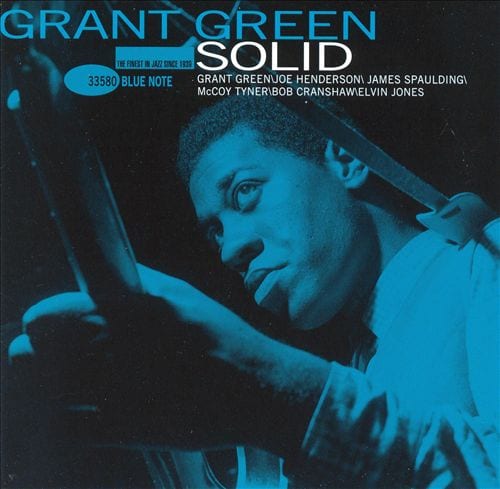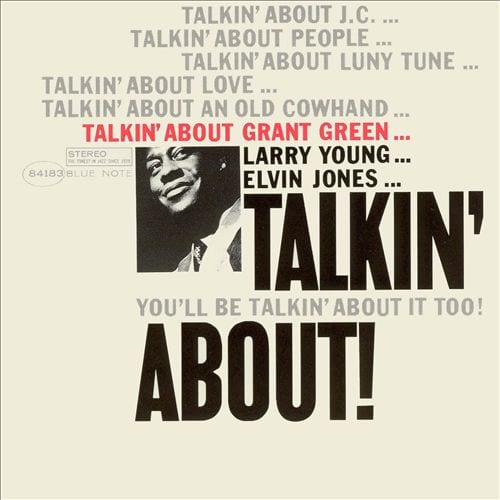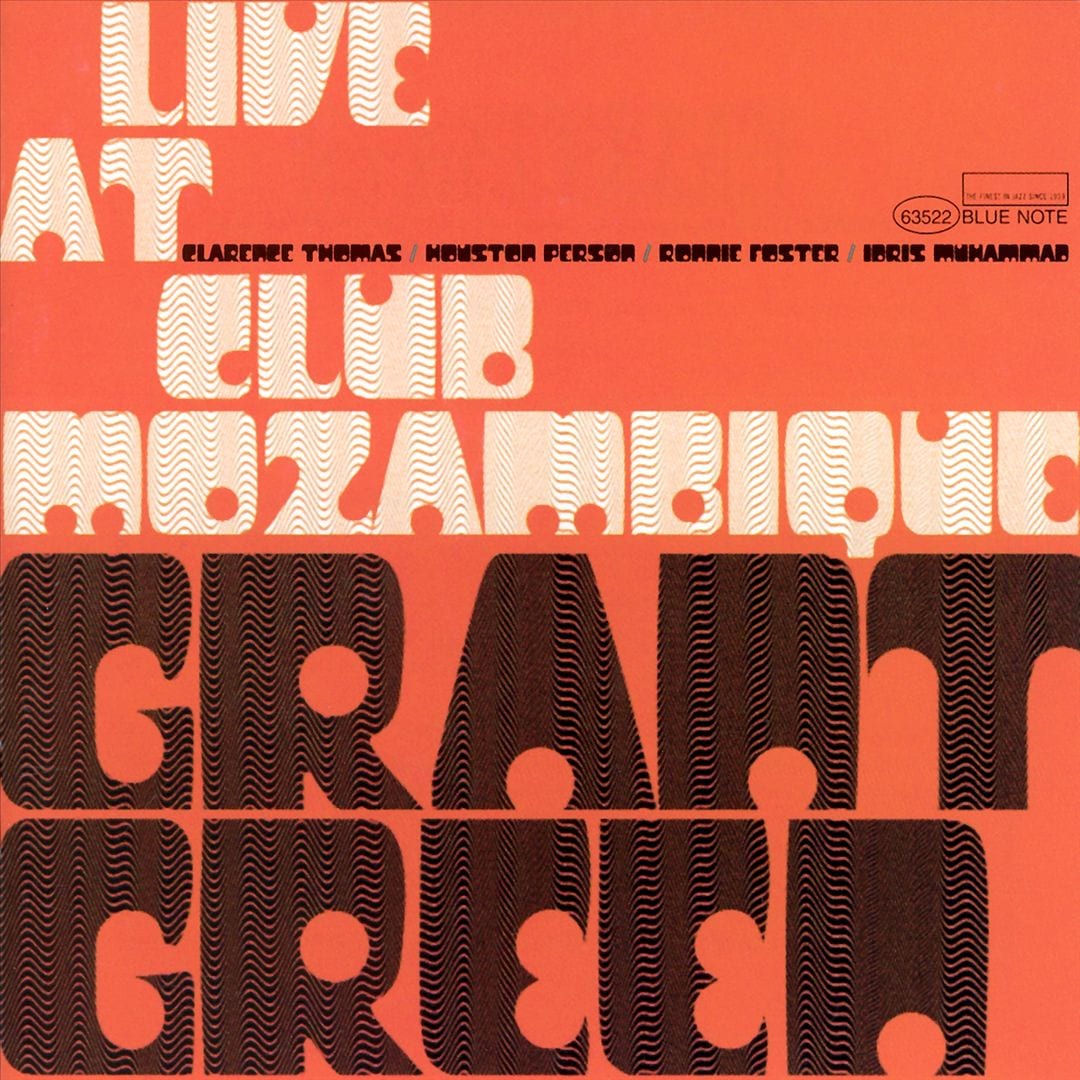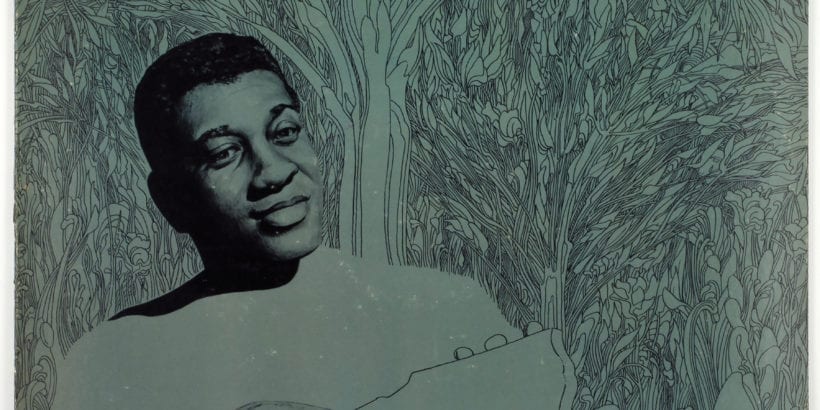
Green IS Beautiful! Why Eddie Roberts Honors Grant Green at Bear Creek Bayou
The upcoming Bear Creek Bayou (September 30 and October 1 with pre-party September 29) at Mardi Gras World in New Orleans is a most welcome “newcomer” on the festival scene, borrowing its name from the former funk juggernaut that was the Bear Creek Music and Arts Festival.
In addition to the titanic headliners — The Flaming Lips, George Clinton and Parliament Funkadelic, Karl Denson’s Tiny Universe, Lettuce and Soulive — there are five superb all-star collaborations and tributes worth noting. Foundations of Funk (playing both days) features George Porter, Jr., Zigaboo Modaliste, John Medeski and Eddie Roberts. Bernard Purdie’s Friends include Pete Shand, Brian Jordan and Ivan Neville. Tony Hall has put together his New Orleans Soul Stars’ tribute to James Brown, and the pre-party appearance by OG GAT reunites Charlie Hunter, Stanton Moore and Skerik.
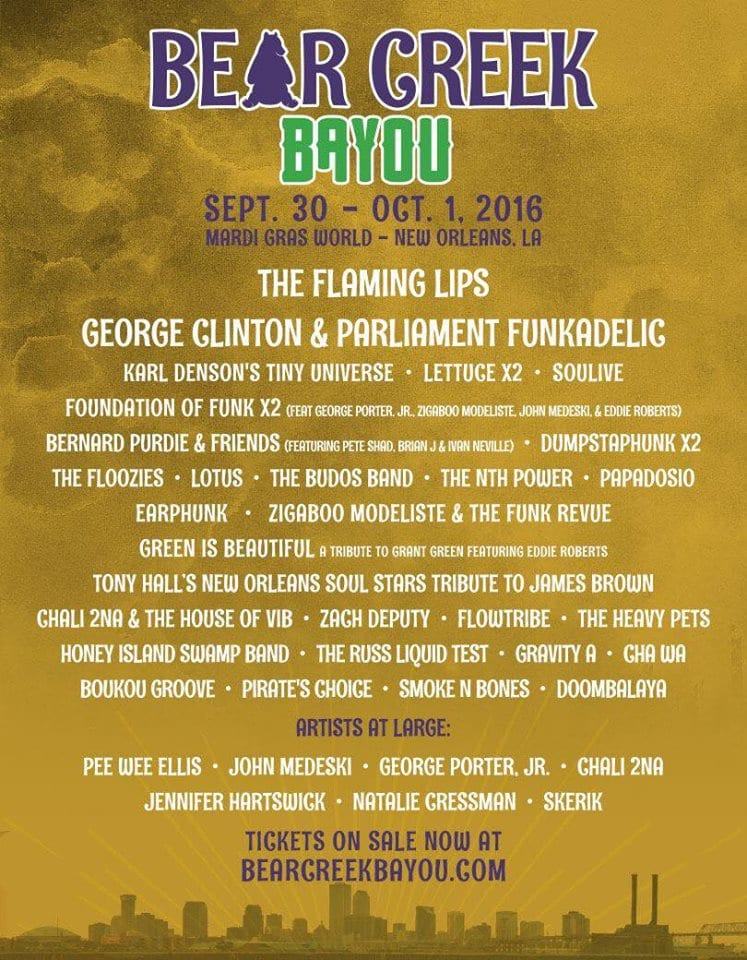
There is one very special set on the lineup that might at first appear to be overshadowed by the massive amounts of talent listed above. For me, it as at the very top of my BCB must-hear list. It’s called Green is Beautiful: A Tribute to Grant Green featuring Eddie Roberts. You’ll note that Roberts, one of the founders of true masters The New Mastersounds, is also part of Foundations of Funk.

Roberts is a magnificent player, and he has often chosen songs by Grant Green to perform along with the New Mastersounds originals which comprise most of their sets. They played “In the Middle” in January, and “Flood in Franklin Park” is another of his favorites.

Who, you might reasonably as, IS Grant Green? His son, Grant Green, Jr., is a current member of the scene, fluent in jazz, rock, funk and R&B, but right now we’re talking about his dad.
Grant Green was one of the greatest yet largely overlooked jazz guitarists of the ’60s and into the ’70s. When people discuss that period, it is natural to hear the names of Wes Montgomery, Kenny Burrell and George Benson; Grant Green was simply not a household name, but his star shone just as brightly.

Born in St. Louis in 1939, Green was playing out by age 12. He transitioned from boogie-woogie to jazz, listening to Charlie Christian and influenced by saxophone players such as Charlie Parker. If you’ve heard Green, then you appreciate just how much his style and Roberts’ are alike. Green’s Wikipedia entry explains that his playing was “linear rather than chordal” (such as Wes Montgomery’s). With Green, you hear — and feel — every note.
Green spent lots of time in organ trios — Hammond B3, guitar and drums — with B3 masters such as Jimmy Smith, Baby Face Willette, “Big” John Patton, Brother Jack McDuff, Larry Young, Wild Bill Davis and Don Patterson over the years.

Tenor saxophone player Jimmy Forrest discovered Green and included him on two of his 1959 recordings, Green’s first dates on vinyl. Alto player Lou Donaldson saw him playing in St. Louis and took him straight to Blue Note Records in New York.
In his incredibly fertile period from 1960 to 1965, he recorded 22 dates as a leader and 55 more as a sideman, most for Blue Note, with most of the others on Prestige and affiliated labels. He was mostly silent after that time until 1969, when he reemerged with a decidedly more funky groove. He is often regarded as on of the fathers of acid jazz. His last two records were made in 1976 and 1978. Green passed away in January of 1979 after suffering a heart attack.

Green’s first date as a leader was shelved until 2001. In fact, ten of his recordings were released posthumously. Even so, those that were issued when they were recorded established his legacy as a superb and very different player. Six titles were recorded in 1961, beginning with Grant’s First Stand and Green Street and including Sunday Morning, a fine album of gospel tunes.
That year also saw him as a sideman on great records by his benefactor Lou Donaldson (Here ’Tis), Brother Jack McDuff (The Honeydripper), Horace Parlan (Up & Down), Stanley Turrentine (ZT’s Blues), Hank Mobley (Workout), and Ike Quebec (Blue & Sentimental).

Six more dates were recorded in 1962, with The Latin Bit and Goin’ West heading in different directions. Feelin’ the Spirit was also a ’62 album — more on that in a moment. He also guested with Lou Donaldson (The Natural Soul) and Don Wilkerson (Preach Brother!).

One of Green’s true gems was a 1963 date with Bobby Hutcherson and Joe Henderson titled Idle Moments. He recorded on dates with Jimmy Smith (I’m Movin’ On), Herbie Hancock (My Point of View), Mary Lou Williams (Black Christ of the Andes), and a dozen more.

Two of Green’s best recordings from 1964 were not released until after his death, Matador and Solid. Green played on Donald Byrd’s I’m Tryin’ to Get Home and on Lee Morgan’s masterpiece Search for the New Land (with Wayne Shorter, Hancock, Reggie Workman and Billy Higgins).

His dates as leader in 1965 were I Want to Hold Your Hand and His Majesty King Funk. He had a few other dates, including two with Johnny Hodges and Will Bill Davis, before going on hiatus due to health issues, including heroin addiction. The lone recording during this period was Iron City, but that 1967 album wasn’t released on Cobblestone until 1972.

As Green resurfaced in 1969, the change in direction could not have been clearer on Carryin’ On with “I Don’t Want Nobody to Give Me Nothing (Open Up the Door, I’ll Get It Myself).” Others had begun to join jazz and funk, but Green swung for the fences. On 1970’s Green is Beautiful, there is a great ten-minute version of “Ain’t It Funky Now.” That same year, Alive featured Kool & the Gang’s “Let the Music Take Your Mind.” And he recorded with Houston Person (and again in 1973).
In 1971, Blue Note released its very first movie soundtrack, The Final Comedown, listed as a Grant Green album. Wade Marcus was the composer on all tracks, some of which were funk, others mood pieces.

Green’s last Blue Note album, recording-wise, was Live at the Lighthouse, which features an incredible 15-minute version of “Flood in Franklin Park.” His last two albums were The Main Attraction (Kudu, 1976) and Easy (Versatile, 1978). Those later recordings draw mixed reviews, but his playing was still solid Green.

I was doing radio at Lehigh University (1969-1973), and in 1970 I “discovered” the huge stash of jazz LPs in the station’s library that nobody was playing at the time. I would grab half a dozen at night, attempt to absorb, then try another half dozen the next night. I remember first encountering “Big” John Patton’s Along Came John. It was the first organ trio I’d ever encountered, and Grant Green’s playing was a revelation. It was shortly thereafter that I ran across Feelin’ the Spirit.
That 1962 album is near the top of my desert island list. The track listing is wonderful, the personnel amazing, and the feelin’? Absolutely mesmerizing.

Here is the track listing: Just a Closer Walk with Thee, Joshua Fit the Battle Of Jericho, Nobody Knows the Trouble I’ve Seen, Go Down Moses, Sometimes I Feel Like a Motherless Child. (The updated CD also includes Deep River.)
Personnel: Green, guitar; Herbie Hancock, piano; Butch Warren, bass; Billy Higgins, drums; Garvin Masseaux, tambourine.
The entire album absolutely shimmers, including a magical “Joshua Fit the Battle Of Jericho.” The second side of the LP is a 16-minute masterpiece, two songs I rarely separate when I play them on my jazz radio show: the heartfelt “Go Down Moses” and the sorrowful and yet soaring “Sometimes I Feel Like a Motherless Child.”
I’ll go one step further. Not only is it my favorite Grant Green album, but it is also my favorite Herbie Hancock album!
You need this album; you never know when you’ll end up on a desert island, do you?
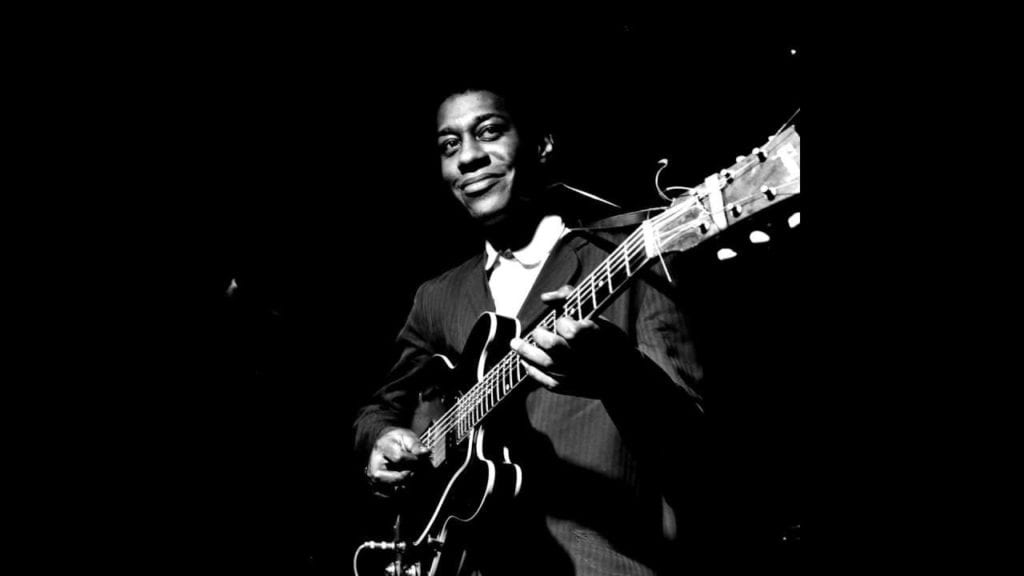
Thank you, Eddie Roberts, for paying tribute to one of the greatest unsung heroes in all of jazz. Bear Creek Bayou will be the richer for it.

This is a link to the great Wikipedia discography. In the meantime, enjoy 50 songs and seven hours of the music of Grant Green!

